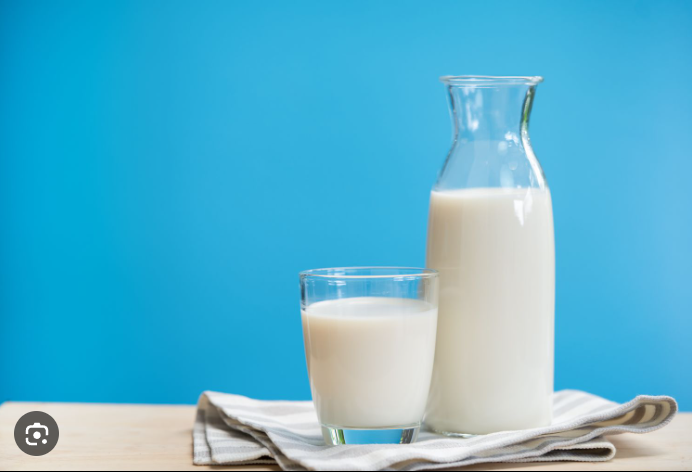These are the healthiest varieties of milk you can consume, ending the debate. Check out the top ones.
It’s likely that you are familiar with the proverb “milk does the body good.” It was a message popularized by a well-known advertising campaign from the 1980s. Later, a different advertisement with the slogan “Got milk?” and pictures of famous people with milk mustaches appeared. These were straightforward statements meant to show milk as a wholesome component of a balanced diet. However, the truth about milk’s nutritional value is more nuanced.
Undoubtedly, traditional cow’s milk contains naturally occurring sugar, fat, protein, and a variety of vitamins and nutrients. But the options in the dairy case have skyrocketed in the decades after those well-known advertising campaigns.
Also read-CDC: It to Release Infants’ RSV Shots to Help Ease Shortage
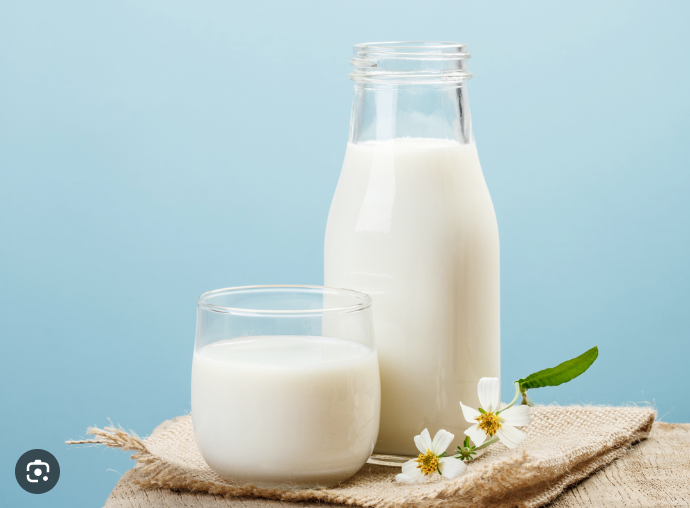
Now, you can get it from cows, sheep, and goats. A slew of plant-based sources, including “milk” made from almonds, soybeans, and other starchy plants or nuts, have become widely popular as well. These beverages are often marketed as a healthier or more sustainable alternative to traditional, animal-based dairy products.
“Plant material can be blended or extracted in water to make it substitutes or alternatives,” says Candace Pumper, a registered dietitian at the Ohio State University Wexner Medical Center in Columbus. “The plant materials then undergo homogenization and thermal treatment to enhance the physical stability and shelf life of the final product.”
The importance of calcium
The calcium content of it is one factor to consider when choosing the healthiest option. Calcium supports healthy bone growth and maintenance, as well as the proper operation of your heart, muscles, and nerves.

Reduced calcium intake poses health hazards. For example, children who receive insufficient calcium may not grow to their full adult height, and adults may have low bone mass, which increases the risk of osteoporosis.
Depending on age and gender, different daily allowances of calcium are advised. The National Institutes of Health recommends that men 71 years of age and older take 1,200 milligrams of calcium daily, while men aged 19 to 70 should take 1,000 milligrams. One thousand milligrams of calcium per day is recommended for women between the ages of 19 and 50, and 1,200 milligrams if they are 51 or older.
Children need varying amounts of calcium, depending on their age. Infants younger than 6 months old should get 200 milligrams daily. The amount rises with age, ranging from 700 milligrams daily for kids between ages 1 and 3 to 1,300 milligrams a day for adolescents between 14 and 18 years old.
How much calcium is in milk?
The amount of calcium in various varieties varies. According to Michelle Dudash, a registered dietitian in Carmel, Indiana, an 8-ounce cup of whole it contains 276 milligrams of calcium, compared to 299 milligrams in an 8-ounce cup of skim it.
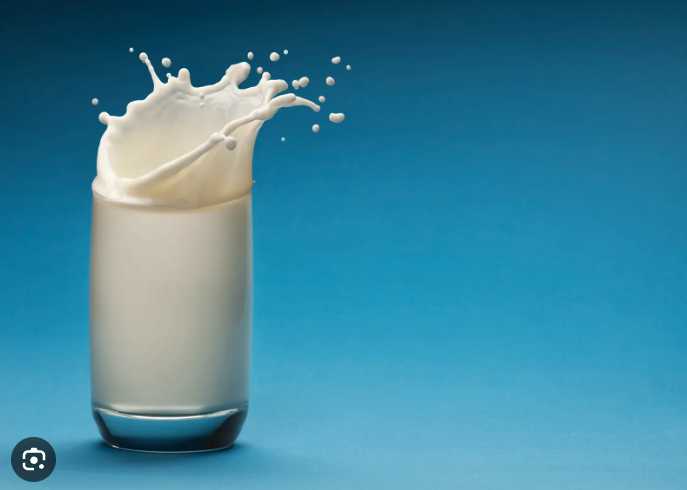
One brand of almond has roughly the same amount of calcium as 61 milligrams of unfortified soy, which is that has not been enhanced with extra nutrients. According to Dudash, the majority of soy milks are fortified with calcium and comprise 25% to 50% of the adult recommended daily allowance of calcium.
Types of milk
These days, consumers can choose from a wide array of different kinds of milk, including more than a dozen plant-based options.
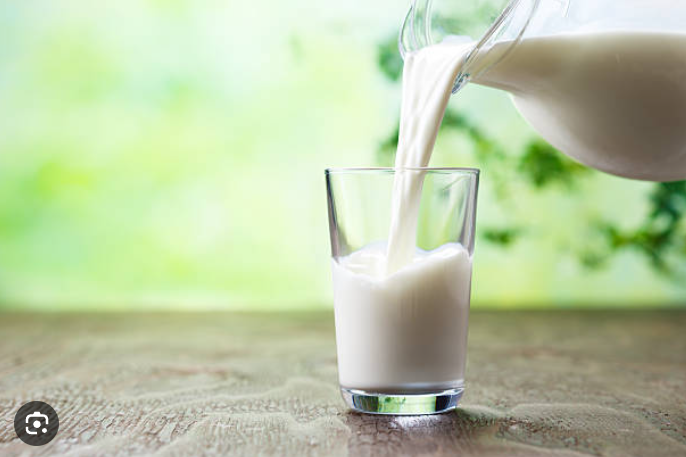
- A2 .
- Almond .
- Banana .
- Cashew .
- Coconut .
- Cow’s .
- Lactose-free .
- Low-fat .
- Flax .
- Hazelnut .
- Hemp .
- Macadamia .
- Oat .
- Pea .
- Pistachio .
- Soy .
- Spelt .
- Quinoa .
- Walnut
Types of cow’s milk
Cow’s milk. Regular cow’s milk provides healthy vitamins and nutrients, including:
- Calcium.
- Potassium.
- Protein.
- Vitamin A.
- Vitamin D.
Dena Champion, a registered dietitian with the Ohio State University Wexner Medical Center, recommends only using pasteurized when selecting a cow’s milk product.
“Pasteurization removes many potentially harmful germs that can make someone ill,” she notes. “There are certainly people most at risk, like children, pregnant women, and those over 65, but the risk of food-borne illness is not worth the consumption of unpasteurized for anyone.”
Choosing between plant-based alternatives
If you’re thinking about switching to one of the above alternatives, be sure to read the nutrition label to make sure it is low in sugar and high in vitamins and calcium.
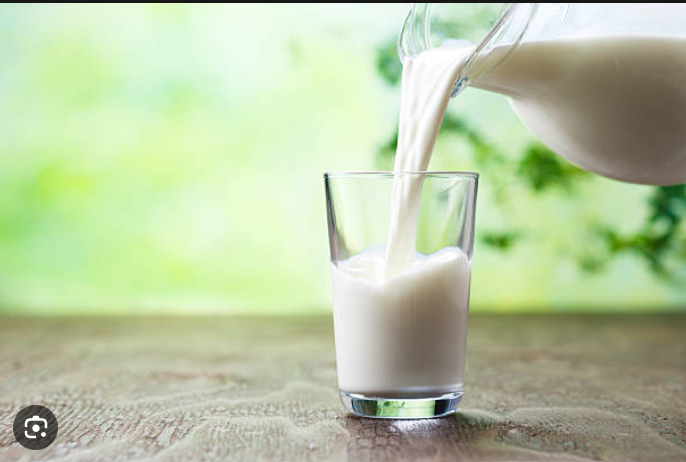
“An easy way to determine if a product has too much added sugar is by looking at the ‘% Daily Value’ column that corresponds with that section,” says Riehm. “Foods with an added sugar content of 5% or less are regarded as low-sugar foods. Foods with 20% or more added sugar have a lot of added sugar.
The nutritional values for 8-ounce servings are shown in the table below. The daily values for calcium and vitamin D, expressed as a percentage, are derived from the FDA’s recommended intake of 1,300 micrograms and 20 micrograms, respectively.
Other considerations
Concerns about the environment are what motivate some people to choose plant-based milk. Compared to dairy milk, the production of plant-based it is more environmentally friendly. In fact, when taking into account land use, greenhouse gas emissions, pollution, and energy requirements for raising dairy cows, studies on the production of dairy have shown that it has the greatest environmental impact. Plants appear to be a better option than animals when it comes to environmentally friendly farming methods and sustainable farming practices.
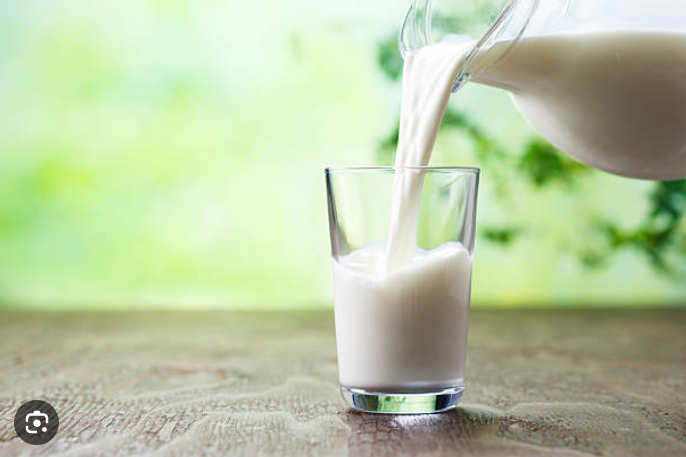
In addition, while plant-based milks are often considered a healthy alternative to dairy milk, experts warn against feeding them to children.
Its alternatives “shouldn’t be considered nutritional substitutes for breast milk, infant formula, or cow’s milk during infancy and childhood,” Pumper says. “Breast milk and infant formula should not be replaced with plant-based milk because developing babies require specific calories and nutrients that these types of milk provide.”
The American Academy of Pediatrics recommends that children between ages 1 and 2 consume whole cow’s milk. Substituting plant-based it for animal-based dairy products for babies and young children could lead to nutritional deficiencies.
Lastly, Champion notes that “having choices is great, but it can be confusing to know which product to select. Keep in mind that plant milks will contain varying calories and protein content. This is why giving a blanket statement of which one to choose really isn’t possible. Instead, it’s important to look for one you tolerate, one you enjoy, and one that helps you meet your calorie, protein, and vitamin needs.”
Also read-OMAD Diet : The Benefits, Risks And Its Work For Healthy Body And Healthy Life
images source: Google
Disclaimer: The opinions and suggestions expressed in this article are solely those of the individual analysts. These are not the opinions of HNN. For more, please consult with your doctor.







